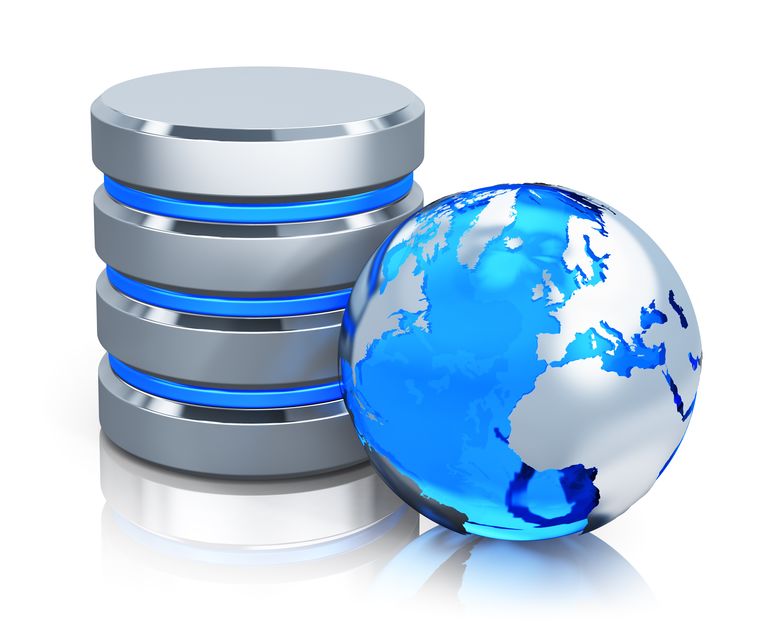A ThoughtPoint by Dr Barry Devlin, 9sight Consulting
July 2019

Sponsored by CortexAG
A German version of this article is available at Informatik Aktuell.
As CortexDB transitions from customer-driven projects to a roadmap-based product development approach, it is well-positioned to occupy a leading position in the emerging Information Context Management System (ICMS) market and deliver key functionality in support of digital transformation.
ThoughtPoint 5 of a 5-part Series

In the first of the preceding four articles of this series, I’ve positioned CortexDB as the forerunner of a new and important class of information management product—an adaptive Information Context Management System. I’ve also illustrated and described its uses in solving some key issues facing organisations that are embarking on a digital transformation journey. That is a lot of responsibility to put on the shoulders of one small software company! Allow me to explain why I believe they can carry it.
A strong conceptual foundation
Traditional databases are based on a belief
that the context of the data is known in advance of storing it. They therefore
begin with a model of the meanings and relationships of the data as defined by
its creators. Schemaless data stores shun such structuring, preferring to push
the identification of context and structure to users of the naked data CortexDB, as the name suggests, replicates
this cognitive / associative approach, but with traditional
software—a document store combined with a 6NF (6th normal form) inverted
index array—that allows every data “fact” and its context to be directly and
rapidly located based on its value. I call this an Information Context
Management System (ICMS). Beyond the advantage of using mature software,
CortexDB also avoids the black box problems of modern artificial intelligence (AI)
neural networks that cannot explain how they reached their conclusions. This novel approach confers several
important advantages. Data can be stored at first with little or no structure /
context, allowing multiple, useful schemas to be discovered or developed over
time depending on usage. This “schema-by-usage-pattern” leads to agile data
modelling and application development, bridging the gap between schema-on-write
and schema-on-read. Supporting multiple schemas on the same naked data allows a
reduction in the number of copies of data that needs to be stored and
maintained. A prime example is the possibility to move from separate
operational and informational systems to a single instance, sometimes called Hybrid
Transactional / Analytical Processing (HTAP). As discussed previously,
specific, high-impact issues for digital transformation can be addressed, such
as distributed data ownership and distillation of dirty data. Database management system (DBMS)
development is rather different from that of other software components.
Historically, DBMSs can take a decade or more to mature to the stage where
businesses are comfortable to trust them with their precious data. Successful
databases have often matured in situations where the developer and a few key
partner customers hone the system through specific and diverse projects in the
early years, before the vendor moves to a more typical product development
roadmap. The same small and dedicated team of engineers guide the design and
development over the whole multiyear development cycle. Their work is shielded
from annual or quarterly stock market targets, so that decisions are taken for
the longer term good of the product. The same considerations apply to ICMS
development, and CortexAG match the above criteria. As a small, privately held
company, it can focus on the longer-term success of its product. In its almost
two decades of development, the same team of a dozen or so engineers and leaders
have driven development according to a vision of mimicking the way the human
brain works. The development has proceeded with a wide variety of projects with
demanding customers, such as Volkswagen, Bundesdruckerei (a German manufacturer
of banknotes, identity documents, driving licences and other federal documents),
Airbus, BMW, and other small and mid-size companies. With multiple successful customer-driven
projects contributing to the funding and direction of CortexDB, the company is
ready to embark on the next stage of its evolution: the transition to
development driven by a more formal roadmap. CortexAG
have now reached the transition point from project-led development to
product-roadmap adoption. This involves focusing product direction toward a set
of predefined goals, in addition to responding directly to the specific needs
of key partner customers. A key step in this transition is the identification
of an overall strategic area of development focus. In the case of CortexDB,
this is now defined as the Information Context Management System. The database market—both structured and
unstructured—is crowded with literally hundreds of competitors, from start-ups
to mega-vendors. CortexDB’s focus on the cognitive / associative model of
creating, collecting, storing, and managing context-setting information in
close connection with the underlying naked data allows it to grow and prosper
in a relatively novel space, but one that is garnering widespread attention as
data governance issues take centre stage in digital businesses and data agility
becomes a mandatory requirement for digital transformation. Links to other articles in the series: Article 1: CortexDB Reinvents the Database – June 2019 [1] Naked data is information that is “stripped” of as much context-setting
information (CSI) as possible, consisting mostly of “pure” value data. See the first article in this series for more details.A clear organisational mindset
An emerging mainstream product
Article 2: Making Data Agile for Digital Business – June 2019
Article 3: Managing Data on Behalf of Different Actors – June 2019
Article 4: Distilling Deeper Truths from Dirty Data – July 2019

Leave A Comment